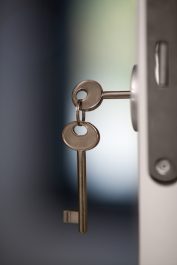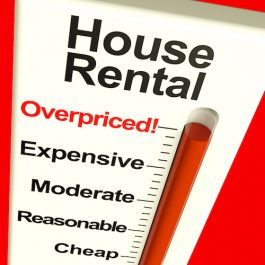Here’s How Much People Are Actually Spending On Rent
Depending on the last time you apartment hunted, you might be surprised at the current rent prices and what you get for your hard-earned money.
prices and what you get for your hard-earned money.
Major cities like New York, San Fransisco and Los Angeles all have insane rental prices forcing many individuals to live with roommates until well in their thirties.
It’s not uncommon to see five people living in a two bedroom apartment, which is the maximum amount of occupants allowed per the Fair Housing laws.
And it may sound crazy but when you look at the prices it’s not surprising. Currently, the average price for a two bedroom in LA is $2,782, according to Rent Cafe, and $2,068 for a one bedroom.
Thinking you are done living with other people? Then you better be ready to spend an average of $1,622 on a studio apartment to enjoy the solo life.
But maybe these prices include state-of-the-art gyms, parking and other amenities? Nope! For $1,600 you’re looking at a building built in the 1930’s, street parking (which you need a permit from the city for), no washer and dryer, and maybe 400 square feet of living space.
You might get trash, sewer and water covered, but you’re on your own to cover the rest. And that’s if you are lucky. You might have to cover all your utilities and still be subjected to a 3 percent rental increase after your first year is complete.
Sound crazy? That’s because it is, and most of the country is experiencing a housing crisis due to the ever-rising rental prices in cities that cost a minimum of $5,000 a month to cover a home mortgage.
When you think about it, spending just over $2,000 on rent is easier to swing than $5,000 for a mortgage, especially when you can have five roommates.
But having to live with four other people at 34 years old isn’t fun or easy, and eventually not being able to afford rent on your own, even though you’re working full time, gets frustrating.
Financial planners have always suggested people shouldn’t spend more than 30 percent of their monthly income on rent. That leaves room for the necessities like utilities, car payment and food, with also leaving some extra cash to help grow a savings account.
Now, people are spending upwards of 50 percent of their monthly income on rent. That leaves very little wiggle room to pay other bills, save a nest egg, and pay off student loans.
So how does the problem get solved? The only solution is for states to build more affordable housing. Some states have decided to try tiny house living, while others include city ordinances such as rent control and low income units within the community.
But overall not one solution has managed to get the issue of housing under control.
















